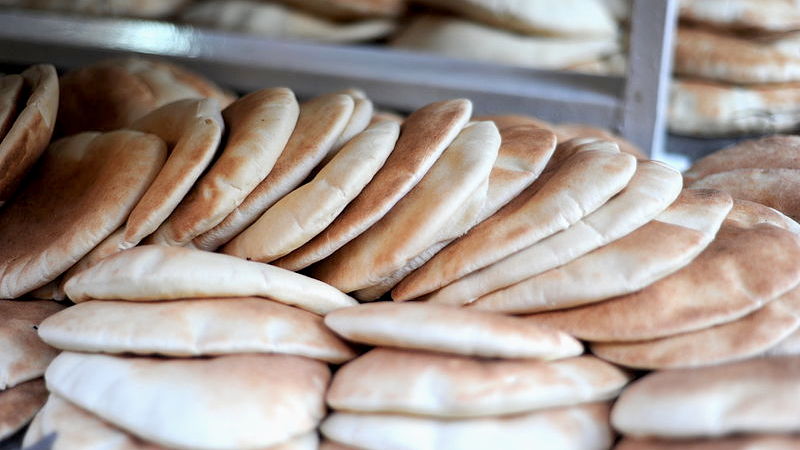Pita
Episode #2 of the course Introduction to bread making by Alice Morgan
Greetings! Yesterday, we went over some basic bread-making concepts, so today, let’s get started by learning about pita bread.
History
Pita bread is a soft flatbread from the Middle East, likely originating in Mesopotamia around 2500 BC, and quickly spread by means of the Bedouin tribespeople. It is common in Mediterranean, Middle Eastern, and Balkan cooking. This may be because pita can be used as an edible utensil that can act as a spoon, plate, or wrapping! Unlike other flatbreads, pita bread is unique because it has a pocket in the middle that is perfect for various fillings. The pocket occurs when the bread is cooked at high temperatures, creating an air bubble in the dough. Much of the pita’s popularity today comes from its ability to serve as sandwich bread for busy people on the go.
Recipe: Pita Bread (Makes 8 Loaves)
1 cup (240ml) warm water
2 teaspoons (10g) yeast
2½-3 cups (300-360g) all-purpose flour
2 teaspoons (10g) salt
1 tablespoon (15ml) olive oil
½ teaspoon (3g) sugar
Add the yeast, sugar, and warm water in a large bowl. Let the mixture sit in a warm spot for about ten minutes until the yeast becomes foamy. Add 1½ cups (180g) of flour, salt, and olive oil to the liquid. Turn out and knead the dough on a floured surface, adding the last ½ cup (120g) of flour until the dough is smooth and elastic when gently tugged.
Lightly coat the surface of the dough with olive oil, cover, and allow it to rest for an hour. Once the dough has doubled, punch it down, and divide it into eight pieces. Roll the dough out until they are about 8 inches (20cm) wide and ½ inch (1cm) thick.
Preheat your oven to 460°F (235°C), and place a baking sheet into the oven to heat. You want it to be piping hot because the heat is crucial to creating the characteristic air pocket. Quickly place the pitas on the hot pan, and bake for five to six minutes. You should see the pita puff up while cooking, but they will deflate once they begin to cool.
Cooking tips:
• If your pitas aren’t puffing up, it means either the oven or baking pan wasn’t preheated enough.
• You can also try spraying the pitas with warm water right before they go in the oven for an additional heat and moisture boost.
That’s all for today. I hope this lesson has inspired you to enjoy this delicious flatbread with all kinds of fillings and toppings. Tomorrow, we’ll cover a recipe that doesn’t use yeast: tortillas! See you then!
Recommended reading
The History of Pita Bread: Practical and Healthy for Millennia
Recommended book
Savory Baking from the Mediterranean by Anissa Helou
Share with friends

